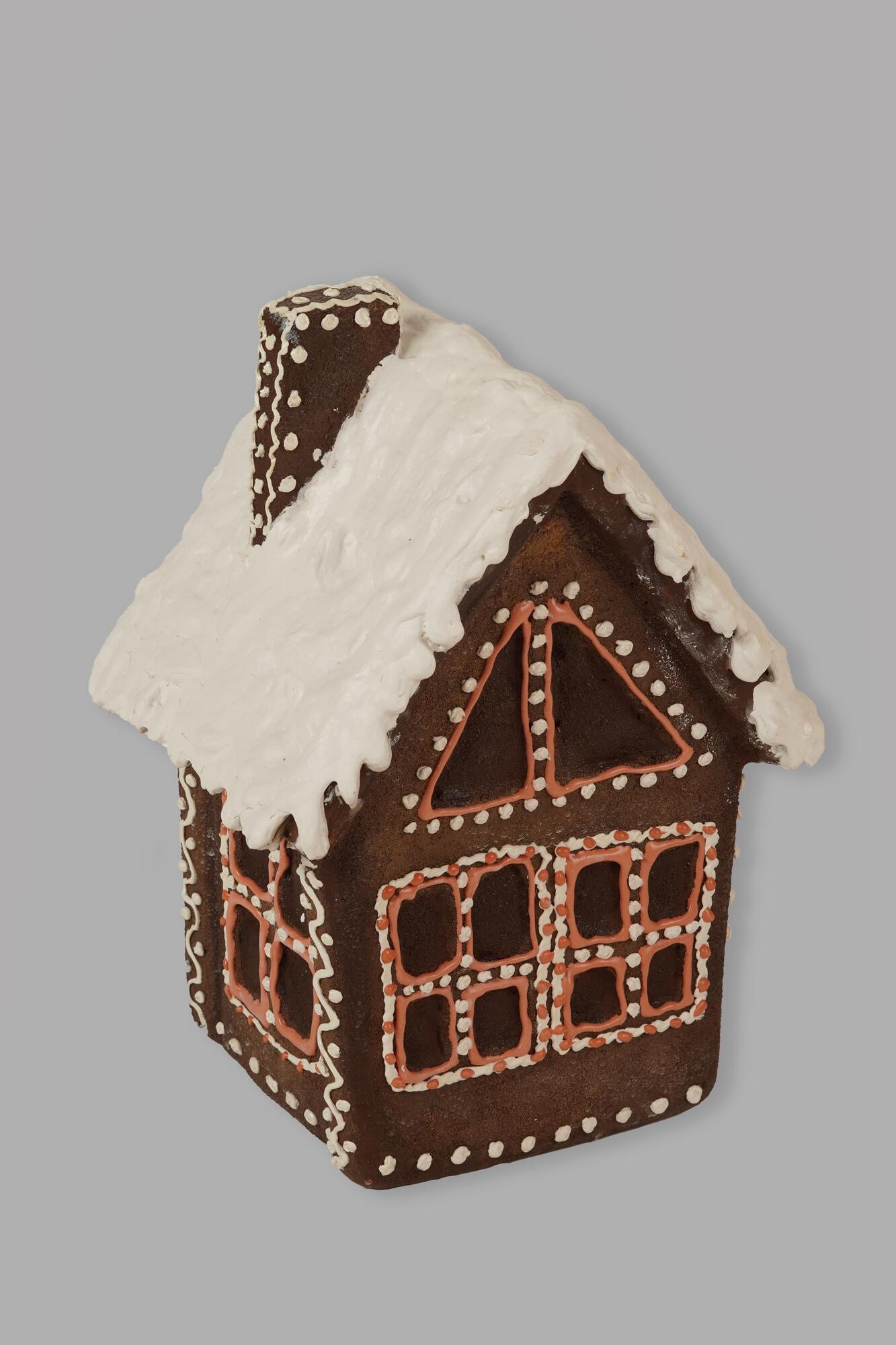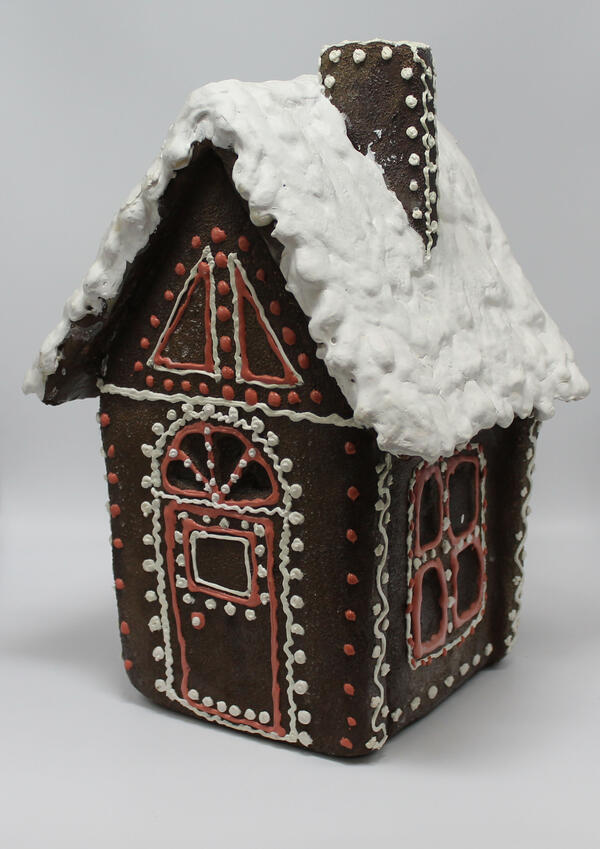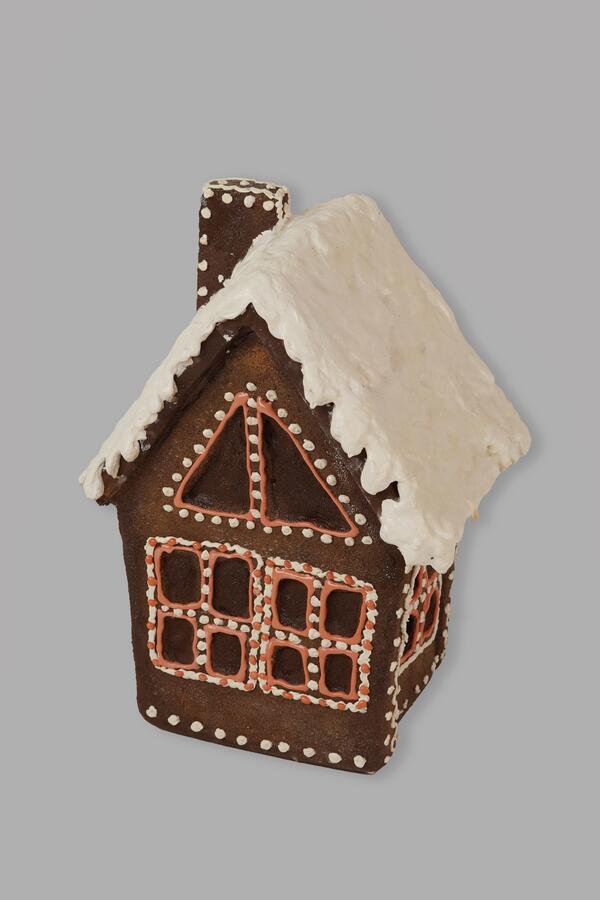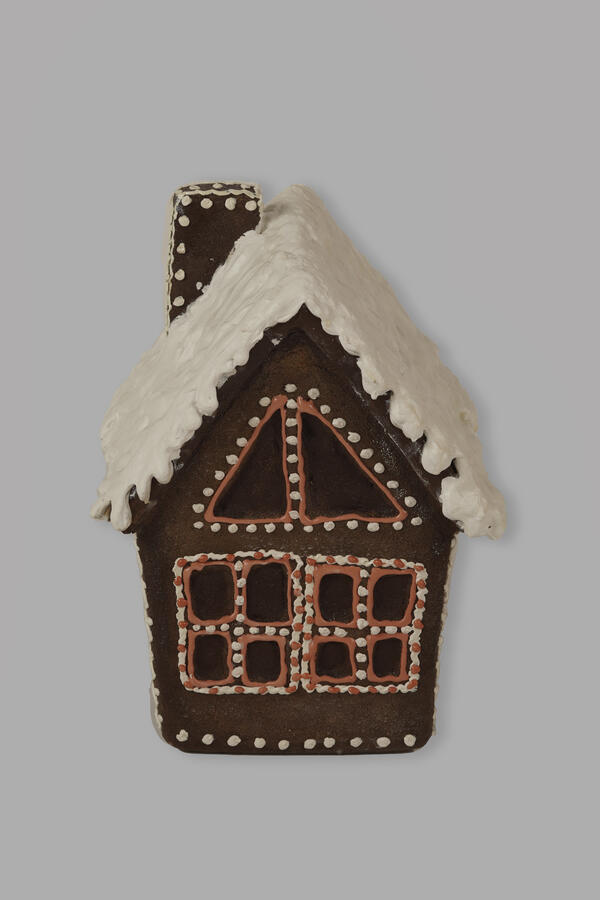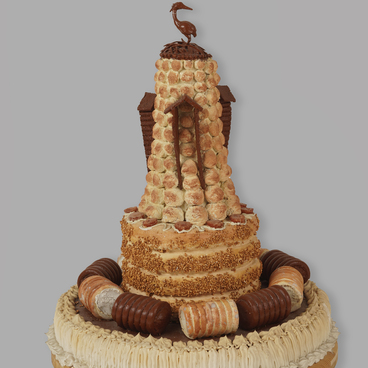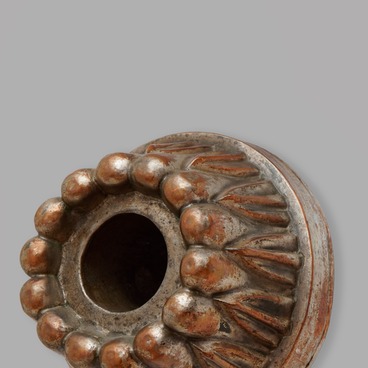A beautiful gingerbread house is usually associated with the Christmas holidays. However, its history is rooted in the pagan traditions of ancient Rome. The Romans made houses for the home pantheon from dough, and then ate them, symbolically showing unity with the gods. With the advent of Christianity, these traditions were forgotten. “Architectural baking” owes its second birth to the fairy tale of the Brothers Grimm “Hansel and Gretel” published in 1812. According to the story, the siblings who were lost in the forest found a magical house made of sweets — the dream of many children who enjoy desserts.
So in the 19th century, the tradition of baking edible houses returned to Europe, only now the treat was timed to coincide with Christmas, and the sweet dough was made from flour, honey and spices (probably, the word “gingerbread” comes from the components of the dough). This custom was especially popular in the homeland of the fairy tale, in Germany. Gingerbread was sold at Christmas markets or baked at home. Housewives even held competitions for the most unusual and beautiful pastries.
Gingerbread traditions flourished from the 14th through the 17th centuries, when there was no sugar in Europe yet, but honey was produced in large quantities and was quite cheap. It was customary to add a whole bunch of spices to gingerbread dough: lemon and orange zest, pepper, cardamom, cinnamon, cloves, star anise, and ginger. The types could be identified by a special aroma: Arkhangelsk, Kem, Gorodets, Vyazma, and Tula gingerbreads in Russia, Nuremberg — in Germany, Torun — in Poland, meduolis — in Lithuania.
Thanks to spices and honey, gingerbread dough stays fresh for a long time — for two to three weeks. So you can admire the view of the elegant houses throughout the Christmas holidays and only then eat them.
Usually, the walls and roof of a gingerbread house are baked separately, and then the parts are put together with thick sugar syrup. The finished product is decorated with flowers, stars, hearts, and even figurines of birds and animals made of sugar, marzipan or gingerbread dough. The roof is covered with snow made of sugar glaze. Sometimes the glaze is colored with synthetic dyes (they appeared already in the 19th century) or natural ones: berry and fruit juices, flower and herbal decoctions.
There are fabulous gingerbread huts, palaces, and even copies of famous buildings, such as Big Ben.
So in the 19th century, the tradition of baking edible houses returned to Europe, only now the treat was timed to coincide with Christmas, and the sweet dough was made from flour, honey and spices (probably, the word “gingerbread” comes from the components of the dough). This custom was especially popular in the homeland of the fairy tale, in Germany. Gingerbread was sold at Christmas markets or baked at home. Housewives even held competitions for the most unusual and beautiful pastries.
Gingerbread traditions flourished from the 14th through the 17th centuries, when there was no sugar in Europe yet, but honey was produced in large quantities and was quite cheap. It was customary to add a whole bunch of spices to gingerbread dough: lemon and orange zest, pepper, cardamom, cinnamon, cloves, star anise, and ginger. The types could be identified by a special aroma: Arkhangelsk, Kem, Gorodets, Vyazma, and Tula gingerbreads in Russia, Nuremberg — in Germany, Torun — in Poland, meduolis — in Lithuania.
Thanks to spices and honey, gingerbread dough stays fresh for a long time — for two to three weeks. So you can admire the view of the elegant houses throughout the Christmas holidays and only then eat them.
Usually, the walls and roof of a gingerbread house are baked separately, and then the parts are put together with thick sugar syrup. The finished product is decorated with flowers, stars, hearts, and even figurines of birds and animals made of sugar, marzipan or gingerbread dough. The roof is covered with snow made of sugar glaze. Sometimes the glaze is colored with synthetic dyes (they appeared already in the 19th century) or natural ones: berry and fruit juices, flower and herbal decoctions.
There are fabulous gingerbread huts, palaces, and even copies of famous buildings, such as Big Ben.
